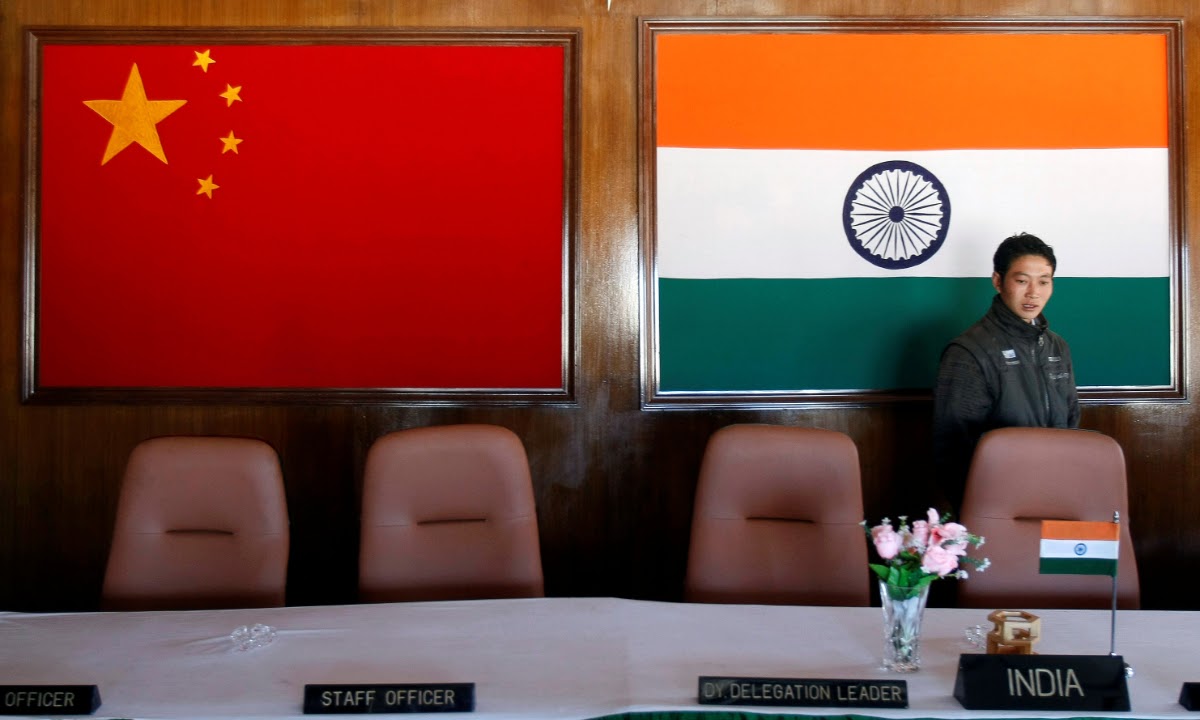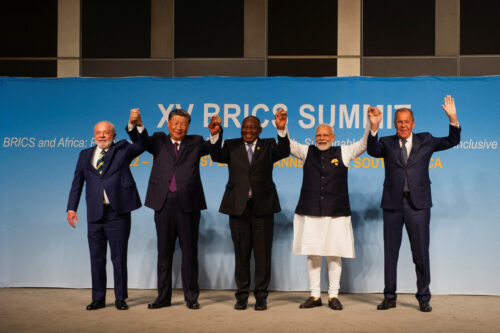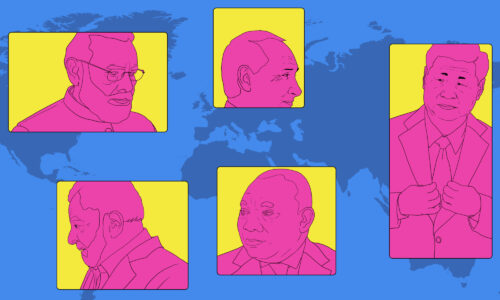India and China deescalate latest border standoff
After multiple meetings between Chinese and Indian diplomats and military commanders, a deescalation is apparent, though the crux of the two countries’ border disagreements remains unresolved.

Two weeks ago, the Chinese foreign ministry claimed that a border standoff with India was “stable and under control,” but there were reasons to be skeptical. Now, after multiple meetings between Chinese and Indian diplomats and military commanders, a deescalation is apparent, though the crux of the two countries’ border disagreements remains unresolved.
After talks between military commanders on May 22–23 “brought no results,” diplomats held talks on June 5 and the militaries met again on June 6, after which India’s foreign ministry said they had “agreed to peacefully resolve” the conflict.
China has now withdrawn some troops from the border region, and military talks on June 10 went well, according to Indian government officials anonymously cited by Reuters. (This was the “fourth round of talks between the two-star generals to break the stalemate,” per the Hindustan Times.)
- In Reuters, a paraphrase of one official implied that India had also withdrawn some troops: “The two armies have since thinned out some forces in a positive signal but soldiers, tanks and other armored carriers remained heavily deployed in the high-altitude region.”
- The Hindu reports that military engagement will continue: “A series of ground level military talks are due to be held over the next 10 days, beginning Wednesday.”
The deescalation, if not troop withdrawal, was confirmed today by Chinese foreign ministry spokesperson Huà Chūnyíng 华春莹, who said:
Through diplomatic and military channels, China and India have recently had effective communication and reached agreement on properly handling the situation in the west section of the China-India boundary. At present, the two sides are taking actions in line with the agreement to ameliorate the border situation.
Chinese media have been mostly silent on the reported deescalation, after just days ago reporting prominently on maneuvers of troops and equipment that were said to be deployable to the India border “within hours.”
The Global Times reprinted Hua Chunying’s comments, and also published a commentary in Chinese by Lóng Xīngchūn 龙兴春, a senior research fellow at Beijing Foreign Studies University, titled “India’s ambition should be commensurate with its strength.” The commentary warned India about becoming too close to the U.S., and also referenced a recent India-Australia military agreement.
For more, see:
- Slight troop pull-back by India & China from confrontation at Eastern Ladakh, but Pangong Tso remains a big hurdle / Times of India
- China disregarding historical commitments on Naku La, say defense sources / The Hindu
- Trump’s embrace of Modi stokes India-China stand-off in Himalayas / FT (paywall)
- Nitin A. Gokhale on Twitter: “Three points emerge from the trajectory of the recent standoffs at multiple locations along the India-China boundary. One, China is testing Indian military’s readiness and speed of response; Two, the PLA is unhappy with India’s improving infrastructure along the LAC…”
- Ananth Krishnan on Twitter: “Ambassador @GBambawale hits the nail on the head: ‘The element that very few have referred to is the tit-for-tat approach adopted by the Chinese. They have done in Eastern Ladakh what we did in 2017 in Dokalam.'”






